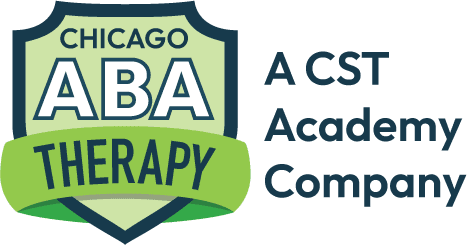Exercise is not only fundamental for physical health but also plays a crucial role in the cognitive, emotional, and social development of children, especially those undergoing Pediatric Applied Behavior Analysis (ABA) Therapy. In this article, we’ll explore how integrating exercise into ABA therapy can benefit children with Autism Spectrum Disorder (ASD), enhance therapy outcomes, and contribute to a holistic developmental approach.
The Connection Between Exercise and ABA Therapy
Applied Behavior Analysis (ABA) Therapy is a well-established and effective treatment method for children with autism, focusing on improving specific behaviors, such as social skills, communication, and academics, as well as decreasing unwanted behaviors. When exercise is incorporated into ABA therapy, it can amplify these effects by engaging different aspects of a child’s development.
- Enhanced Cognitive Functioning Research has shown that regular physical activity can boost brain function. For children in ABA therapy, exercises such as running, jumping, or even yoga can improve concentration, speed up cognitive processing, and enhance clarity of thought, making therapy sessions more productive.
- Improvement in Behavioral Responses Exercise has been noted to reduce negative behaviors and stress in children with ASD. Activities that encourage physical movement can help manage aggression and self-stimulatory behaviors, leading to more focused therapy sessions and better overall behavior management.
- Social Skills Development Group exercises provide an excellent opportunity for children with ASD to interact with their peers in a structured setting. This can be particularly beneficial for learning turn-taking, following instructions, and engaging in teamwork, which are critical components of social development in ABA therapy.
Types of Exercises Suitable for Children in ABA Therapy
Choosing the right type of exercise is key to ensuring that children not only benefit from physical activity but also enjoy it, thereby promoting consistency and long-term engagement. Here are some effective exercises that can be integrated into pediatric ABA therapy:
- Structured Play Activities like obstacle courses or relay races can be tailored to meet therapeutic goals while keeping children engaged through play.
- Yoga and Mindfulness These practices help improve flexibility, balance, and body awareness, and are also excellent for calming the mind and enhancing sensory integration.
- Aerobic Activities Swimming, dancing, or simple aerobic exercises can improve cardiovascular health, endurance, and motor skills.
Implementing Exercise in ABA Therapy Programs
Integrating exercise into an ABA therapy program should be done thoughtfully and strategically to align with individual therapy goals. Here are some tips for incorporating physical activity into therapy sessions:
- Start with Warm-Ups Begin each therapy session with a brief warm-up to help children transition into the session and get their bodies and minds prepared for learning.
- Use Exercise as a Reinforcer Physical activity can be used as a positive reinforcement for achieving therapy targets. For instance, allowing time for a preferred physical activity after completing a difficult task.
- Incorporate Technology Use apps or virtual reality games that promote physical activity while also targeting specific therapeutic goals.
Exercise is a powerful tool that can significantly enhance the effectiveness of Pediatric ABA Therapy. By incorporating structured physical activities into therapy sessions, practitioners can offer a more dynamic and engaging approach that supports holistic child development. At Chicago ABA Therapy, we are committed to integrating these practices to support our mission of providing comprehensive, individualized care that fosters every child’s growth and development.
Interested in learning more about how our tailored ABA therapy programs incorporate exercise to help children with ASD thrive? Contact Chicago ABA Therapy today to see how we can help your child reach their full potential through an innovative, holistic approach.










